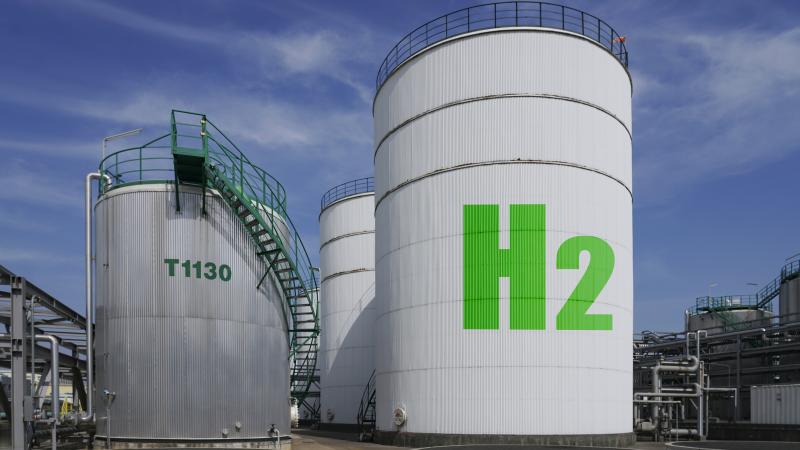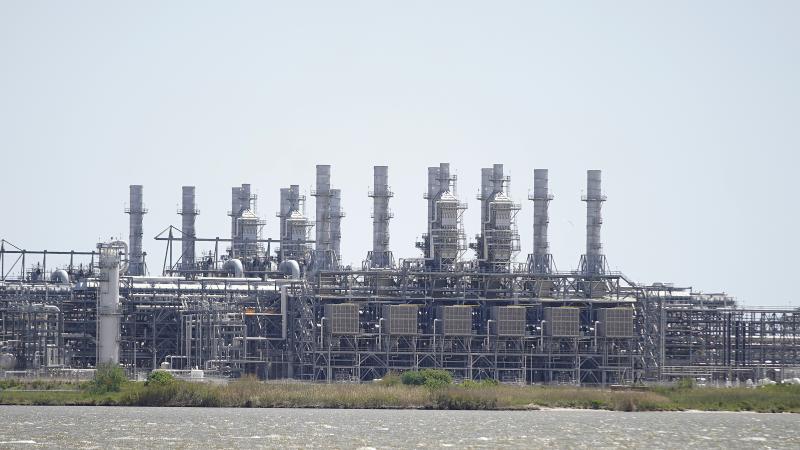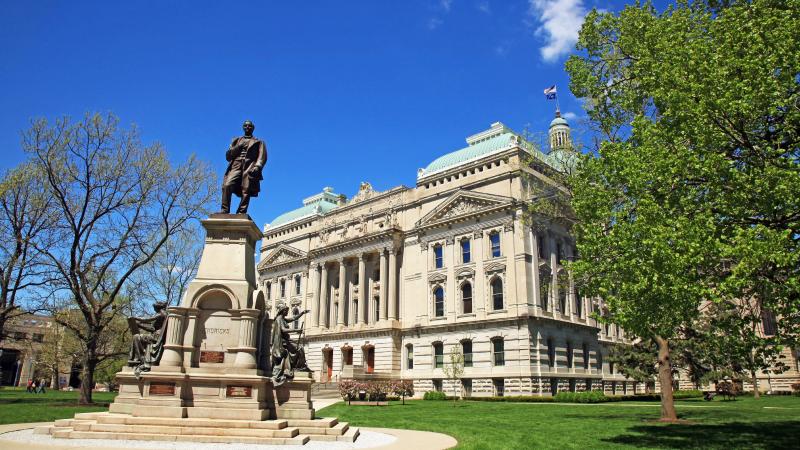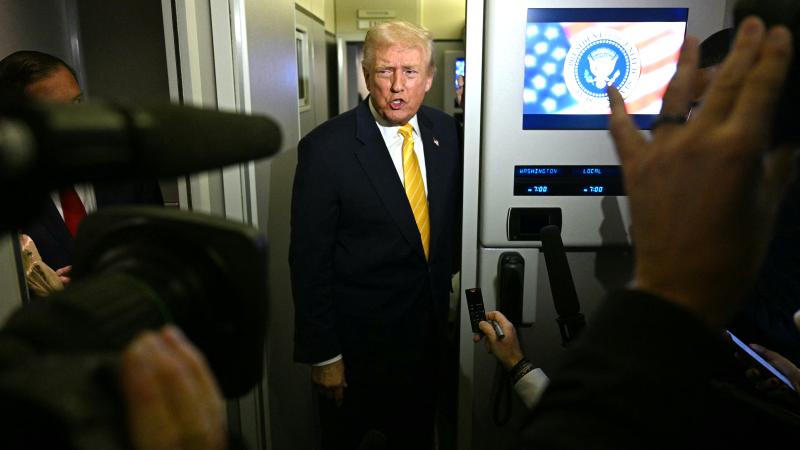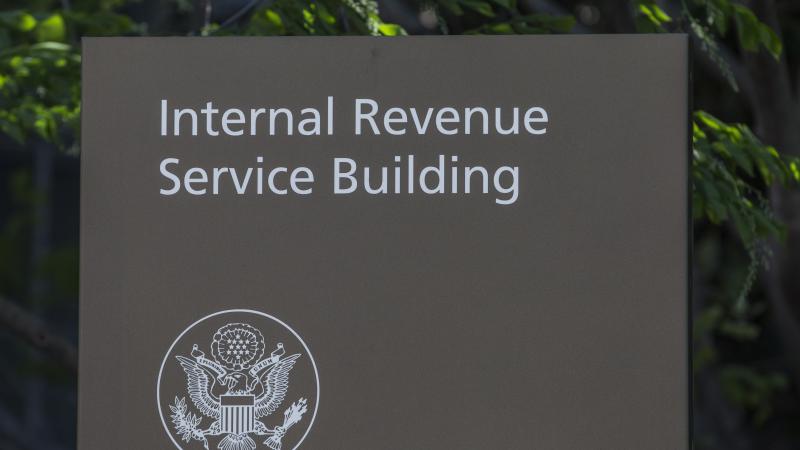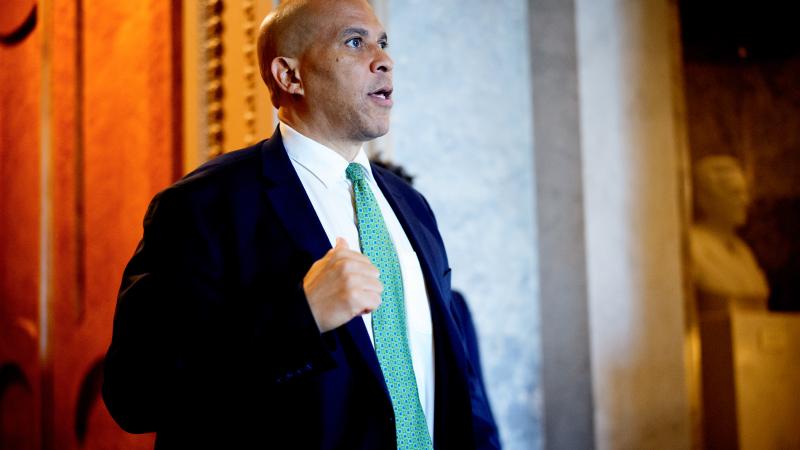West Virginia bill aims to attract data centers by allowing them to build microgrids for power
Come build your own grid: “This is a chance for West Virginia to really lead nationally, because West Virginia has a lot of advantages over other states in terms of our energy resources,” West Virginia Gov. Patrick Morrisey said on the “John Solomon Reports” podcast Monday.
A West Virginia bill would allow companies looking to build data centers in the state the ability to build independent energy grids to power the facilities.
“This is a chance for West Virginia to really lead nationally, because West Virginia has a lot of advantages over other states in terms of our energy resources,” West Virginia Gov. Patrick Morrisey said on the “John Solomon Reports” podcast Monday.
Growing demand
Electricity demand in the U.S. has been essentially flat for more than two decades. The construction of data centers — facilities that house computing hardware equipment — is expected to grow in the coming years, driven by the demand for AI.
Data centers require a large amount of electricity. A Department of Energy report published in December estimates that data centers consumed 4.4% of all electricity in the U.S. in 2023. That’s expected to increase to between 6.7% and 12% by 2028. Data centers consumed 58 terawatt hours of electricity in 2014, according to the report, and that increased to 176 terawatt hours in 2023. It’s expected to increase to somewhere between 325 and 580 terawatt hours by 2028.
A terawatt hour is 1 trillion watt-hours. The average American home consumes around 10.5 million watt-hours per year. In 2022, according to the Energy Policy Research Foundation, data centers globally consumed more electricity in 2022 than some nations, such as Canada and Brazil.
These data centers are also expected to bring tax revenues and jobs to states that can attract them, and one thing data companies look for when siting new facilities is enough power to meet the demand.
Lower rates for West Virginia ratepayers
The West Virginia bill, HB 2014, called the Power Generation and Consumption Act, would modify the state’s certified microgrid program, which would operate under the Division of Economic Development. With approval from the division, companies looking to build data centers in West Virginia would do so in special microgrid districts.
Currently, facilities in the districts connect to the state’s grid, which is operated by utility companies. Should the bill become law, the companies building data centers would also build their own power plants to power their facilities. The bill would allow for up to 10% of the electricity produced to be sold on the wholesale market. The goal of that provision is to lower rates for West Virginia ratepayers.
“We're trying to make sure that we're allowing people to locate close to an energy resource, and if the utility can't service your needs, you can go off utility, and you have an ability to get access to the power that you need,” Morrisey told Just the News.
Morrisey said that the state is also investing in vocational training to provide a skilled workforce for the construction and operation of any facilities that would utilize the special districts.
“West Virginia is creating the kind of economic environment needed to succeed. And this is very different than what used to happen in the past, where people get the one-shot deals and try to get one company to come in. We're trying to create an entire environment that's much more attractive. That's the goal behind the microgrid belt,” Morrisey explained.
Easing restrictions
The bill removes some stipulations that currently govern the districts, including a "green" requirement that business development within the districts be powered by renewable energy. Instead, this bill “allows these new microgrids to burn coal, gas, and all types of energy resources rather than just being limited to certain renewables,” Morrisey told the News and Sentinel.
If the Senate passes the bill, and it’s forwarded to Morrisey, some of the tax revenue from facilities in the districts would go into a fund that would offset personal income tax cuts and other economic development initiatives.
Morrisey said on the “John Solomon Reports” podcast that when the governor and lawmakers were discussing how to support data centers earlier this year, Morrisey wanted to see some net benefit to residents of the state.
“When a lot of companies come in and they're investing, we want to make sure that our citizens are benefiting, and one of the best ways they can benefit is to have lower income taxes. I want West Virginia to be the leader in the region and have the lowest income tax of all the states that we touch,” Morrisey said.
Lowering costs
Critics of the bill raised concerns that the bill will increase rates for citizens in the state, West Virginia Watch reported. At the same time, Delegate Henry Dillon, (R) told the paper that “[T]hroughout the process of working on this bill … I believe that the governor is going in the right direction here.” Dillon added that “This is an attempt to innovate. This is an attempt to take a new approach to energy policy in the state, and it’s not going to harm our utility companies. It’s not going to harm ratepayers, it’s not going to harm oil and gas. It’s not going to harm coal. I believe that this is a net positive for the state.”
State Rep. Clay Riley, also a Republican, told the Watch that the fund will end up lowering costs for residents, offsetting any impacts to electricity rates from the new data centers. He estimates a county that houses a data center will generate approximately $160 million to $200 million in tax revenue.
The bill is currently pending in the Senate Economic Development committee. The 2025 legislative session adjourns on April 12 at midnight.
The Facts Inside Our Reporter's Notebook
Links
- West Virginia bill
- John Solomon Reports
- essentially flat
- Department of Energy report
- consumes around 10.5 million watt hours per year
- Energy Policy Research Foundation
- Power Generation and Consumption Act
- told the News and Sentinel
- West Virginia Watch reported
- currently pending
- session adjourns on April 12
